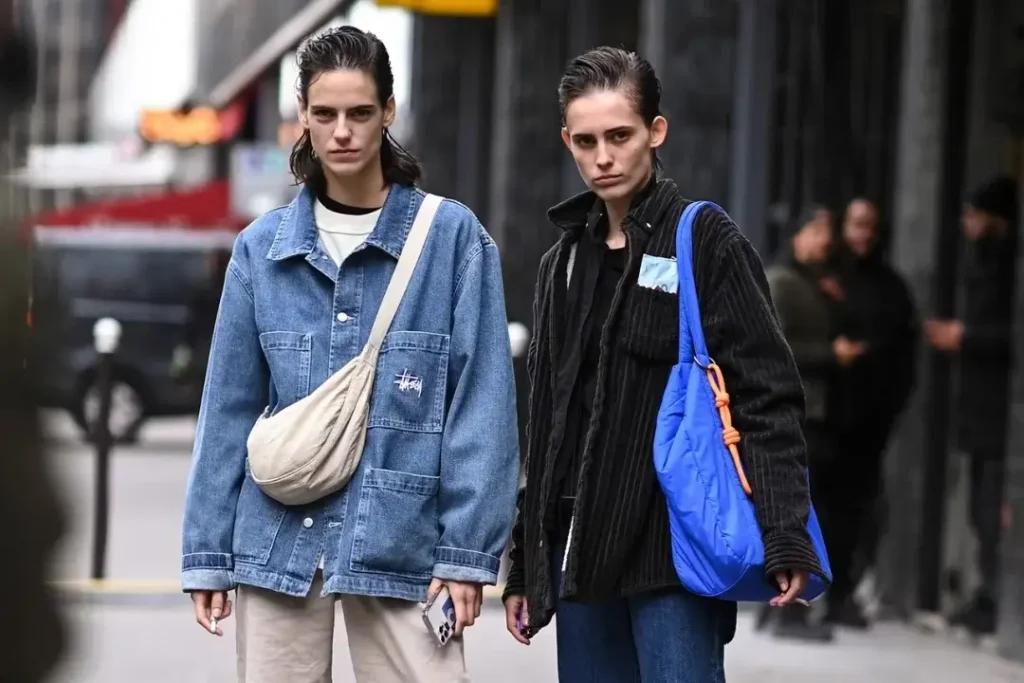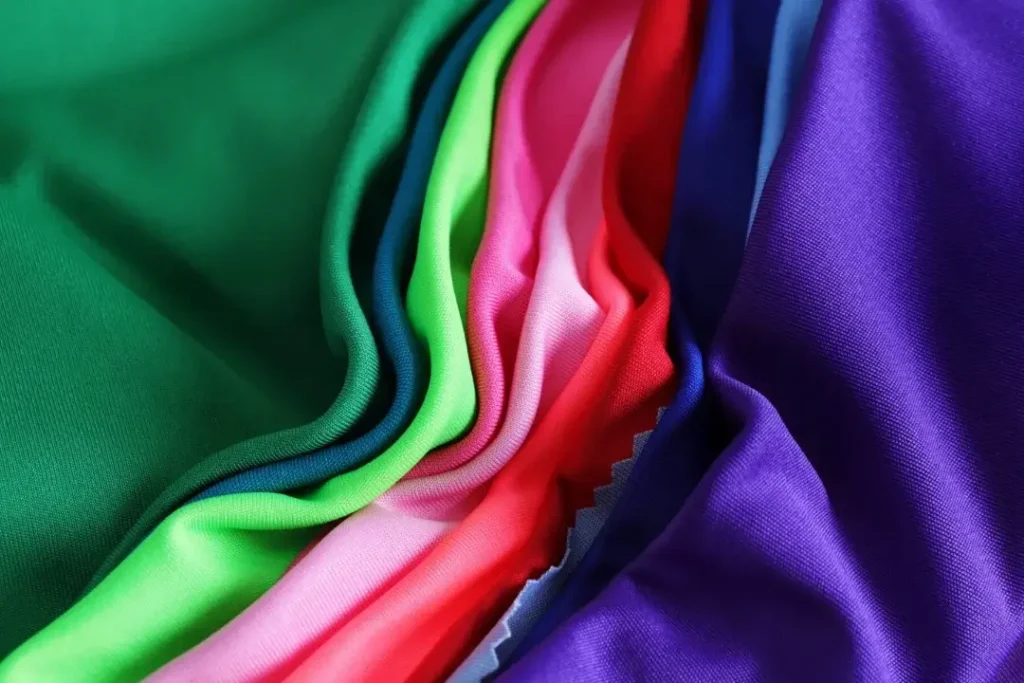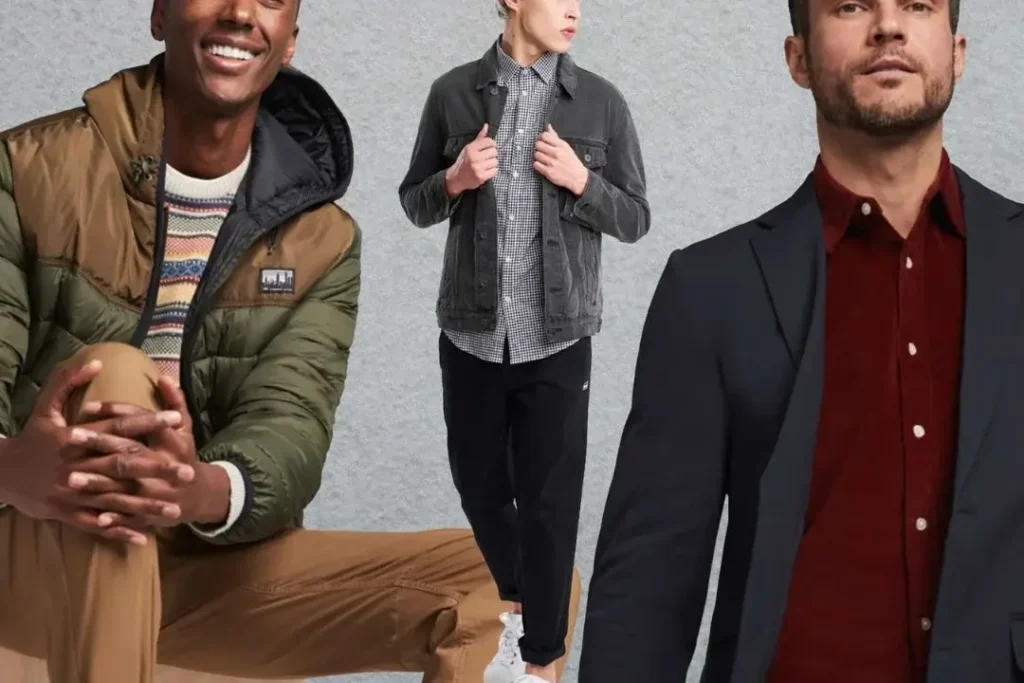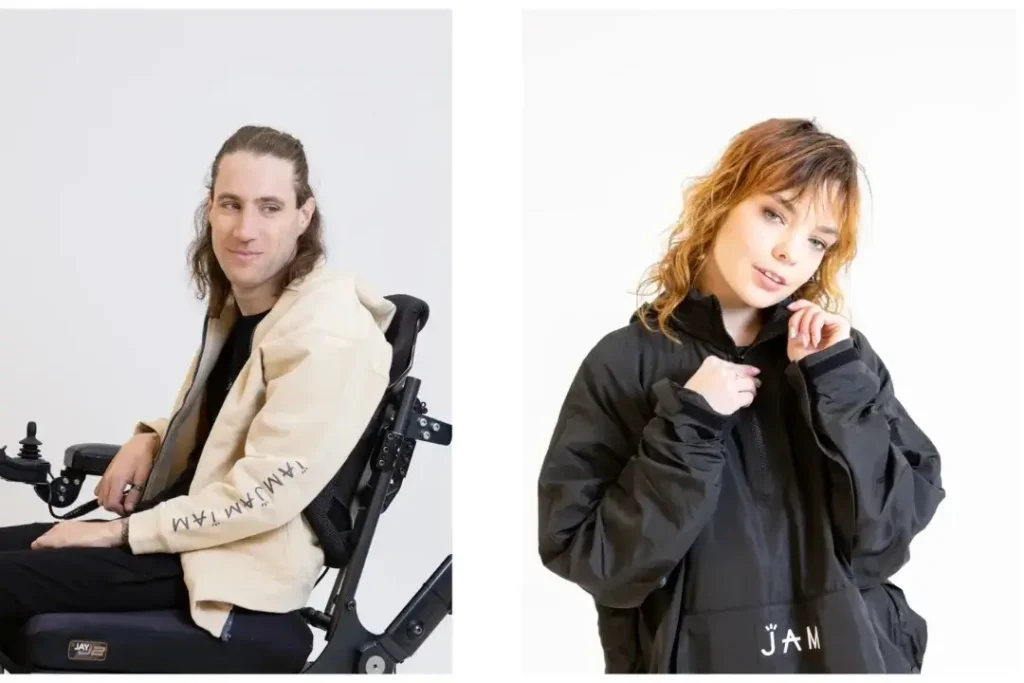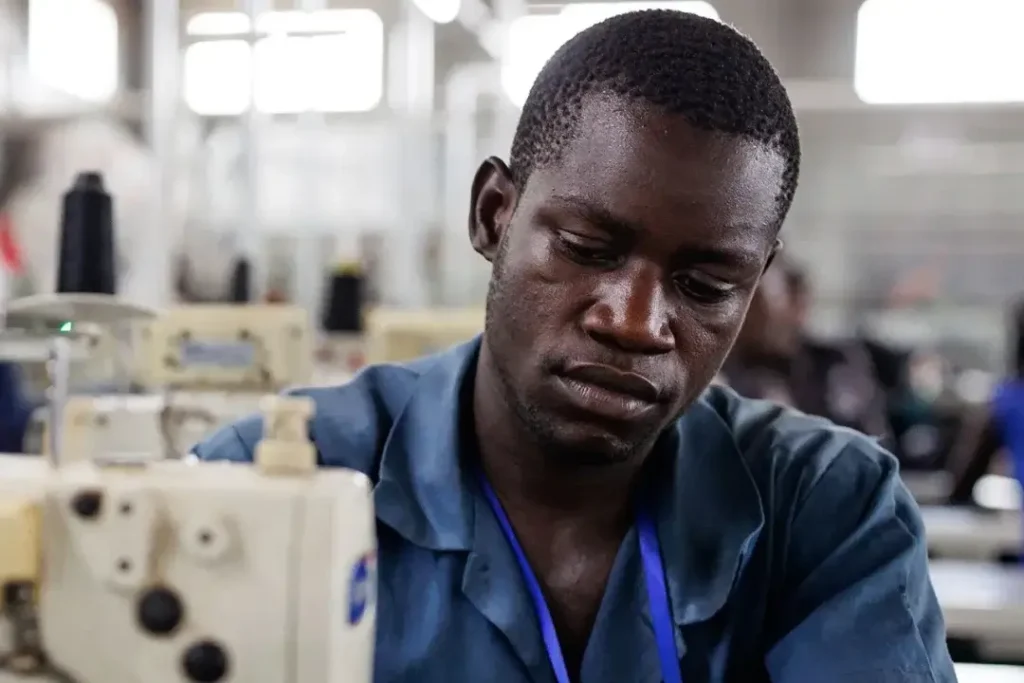Your Ultimate Guide to Best Fabrics for Streetwear Brands!
Best Fabrics for Streetwear Brands! Your Comprehensive Guide to Choosing Streetwear Fabrics that Combine Style, Durability, and Eco-Friendliness It’s one of the most confusing debates for streetwear brands, to choose the best streetwear fabric that will not just help their streetwear business to grow, but also satisfy their consumer’s need. People want clothes that last, […]
Your Ultimate Guide to Best Fabrics for Streetwear Brands! Read More »

